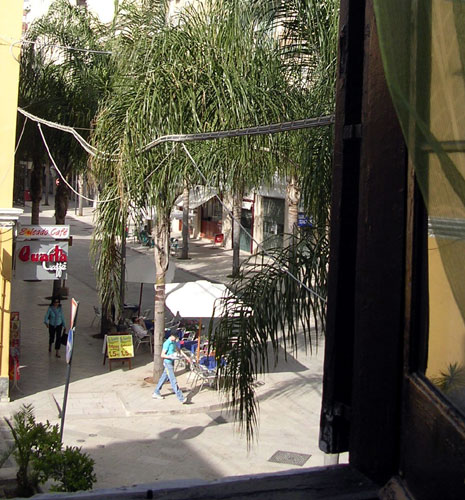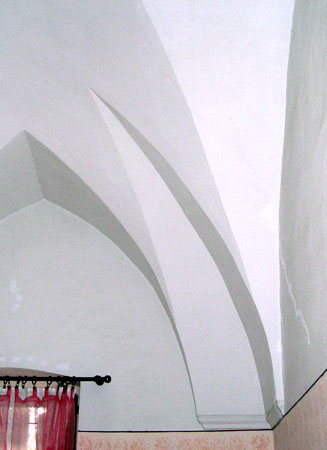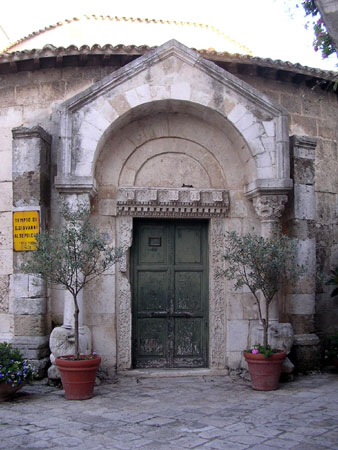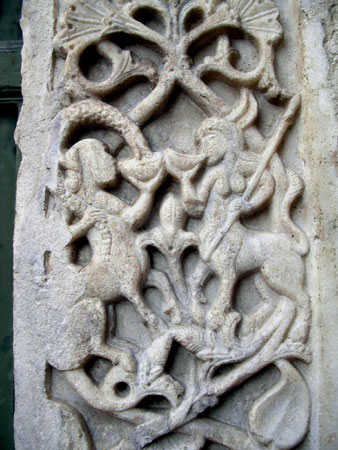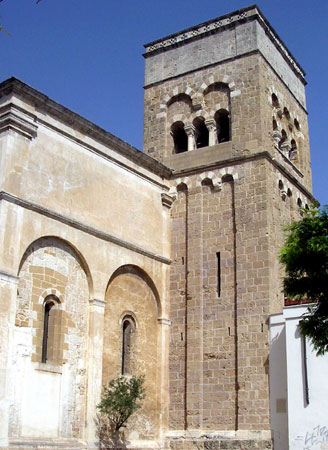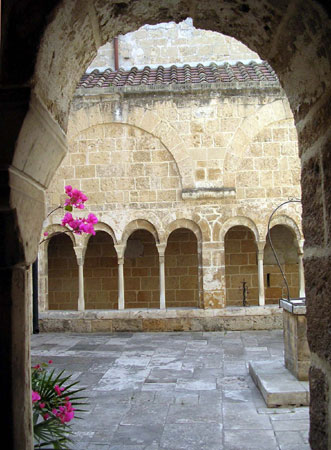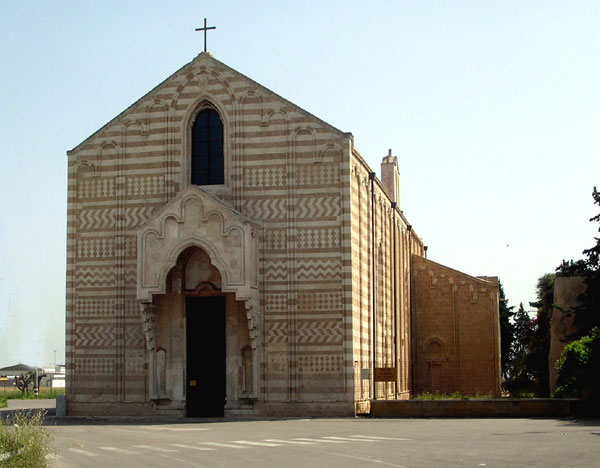May 22, 2006
Lecce - Brindisi, 59 km
Cycling into Brindisi turns out to be easy, the traffic is minimal, again I had worried unnecessarily. On the way from Lecce we follow the coast and pass numerous modest summer holiday towns, still closed down waiting for the season to start. Surely they are less drab when populated with happy vacationers. Altogether the coast isn't as spectacular here as south of Otranto but it's easy cycling.
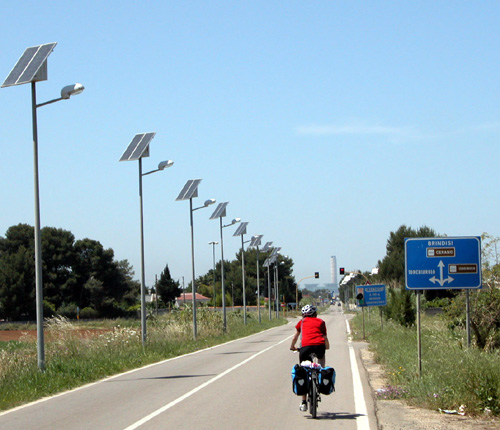
Approaching Brindisi we ride through some industry, but little traffic.
